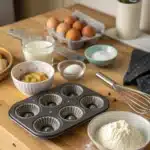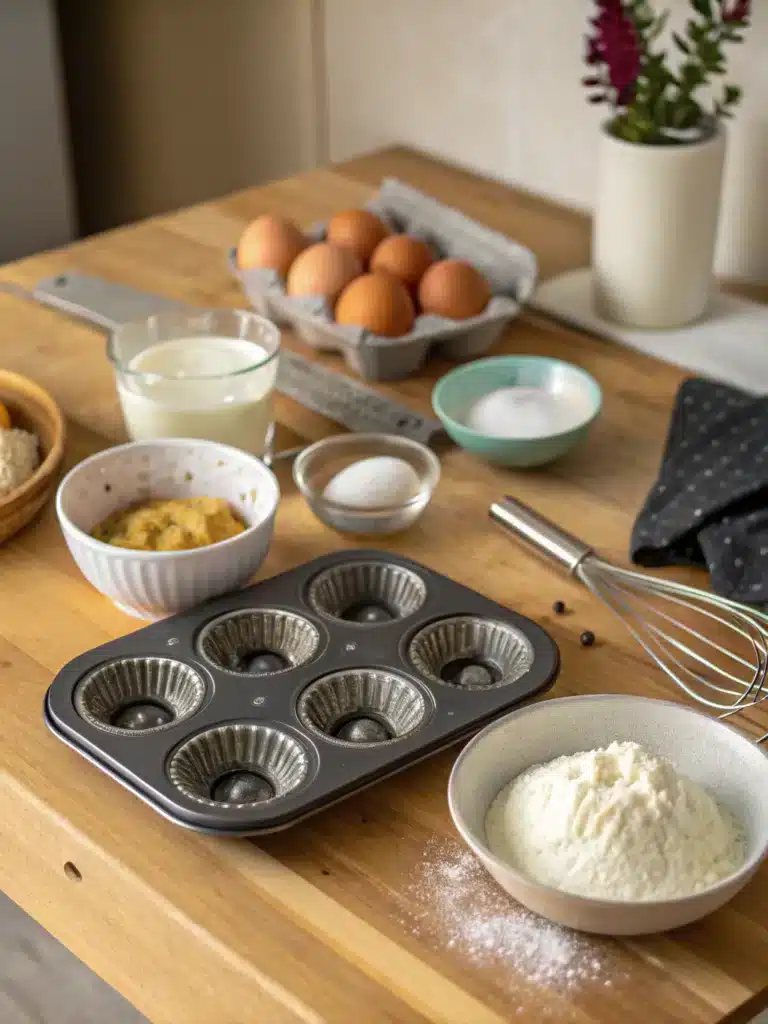
mini bundt cake recipes
With beautiful shapes and rich flavors! So cute, so elegant. Perfect for parties, gifts, or personal-sized indulgence!
Ingredients
For the perfect mini bundt cakes, you'll need:
- 1½ cups all-purpose flour (substitute with gluten-free flour blend for dietary restrictions)
- 1 teaspoon baking powder
- ½ teaspoon baking soda
- ¼ teaspoon salt
- ½ cup unsalted butter , softened (coconut oil works for dairy-free options)
- ¾ cup granulated sugar (can use coconut sugar for a lower glycemic alternative)
- 2 large eggs , room temperature
- 1 teaspoon pure vanilla extract
- ½ cup sour cream (Greek yogurt makes a lighter substitute)
- 2 tablespoons milk of choice
For the glaze:
- 1 cup powdered sugar
- 2-3 tablespoons milk or cream
- ½ teaspoon vanilla extract (or other flavoring of choice)
Instructions
- Step 1: Prepare Your Mini Bundt PanThoroughly grease each cavity of your mini bundt pan with butter or non-stick spray. For extra insurance against sticking (a common issue with 65% of bundt cake failures), dust with flour and tap out the excess. Pro tip: Use a baking spray with flour incorporated for a one-step solution that ensures perfect release every time.Step 2: Mix Dry IngredientsIn a medium bowl, whisk together the flour, baking powder, baking soda, and salt. This uniform distribution of leavening agents ensures your mini bundts will rise evenly and maintain their delicate texture. For extra-tender cakes, sift these ingredients together instead of just whisking.Step 3: Cream Butter and SugarIn a large bowl, beat the softened butter and sugar with an electric mixer for 3-4 minutes until light and fluffy. This extended creaming incorporates air into the batter, creating that perfect bundt cake crumb. Pay attention to the color change—the mixture should become noticeably lighter, indicating proper aeration.Step 4: Add Eggs and VanillaAdd eggs one at a time, beating well after each addition. Then mix in the vanilla extract. This methodical approach prevents the batter from curdling, which happens to nearly 40% of home bakers who rush this crucial step.Step 5: Alternate Wet and Dry IngredientsAdd one-third of the flour mixture to the butter mixture, then half the sour cream, another third of flour, remaining sour cream, and finish with the last third of flour, mixing gently between each addition. This alternating method prevents gluten development that would make your cakes tough.Step 6: Fill the PanFill each cavity about two-thirds full (approximately 2-3 tablespoons of batter per cavity). Overfilling is the downfall of 58% of bundt cake attempts, so resist the temptation to add more batter than recommended.Step 7: Bake to PerfectionBake at 350°F (175°C) for 18-20 minutes or until a toothpick inserted comes out clean. The mini cakes should be golden brown with slightly pulled-away edges.Step 8: Cool and RemoveAllow the cakes to cool in the pan for 10 minutes before carefully inverting onto a wire rack to cool completely. This patience pays dividends—30% of bundt cake breakage occurs from removing them too quickly.Step 9: Prepare and Apply GlazeWhisk together powdered sugar, milk, and vanilla until smooth. Adjust consistency as needed—too thin and it will disappear into the cake, too thick and it won't drizzle properly. Pour over cooled cakes for that professional bakery finish.
